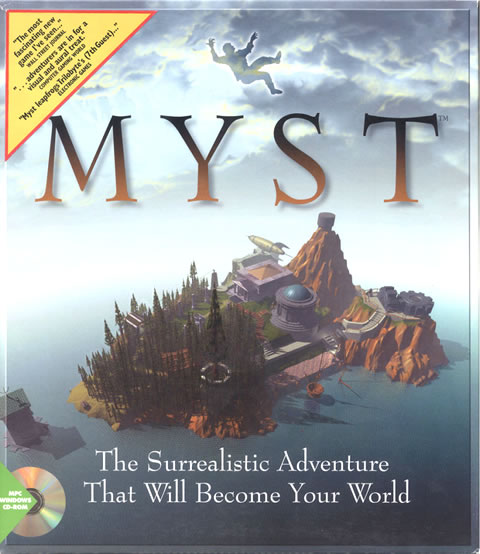Eastern Mind 2 has been found 
Holy fucking shit. As of yesterday, a copy of Eastern Mind 2 (Chu-Teng) has been found and ripped. If you look for it, it is out there. Moby Dick has been slain.
This is an enormous milestone. I am so proud to have helped instigated the search for this game. Although I was not involved in this particular effort, it is the crowning achievement of a 5-year effort to generate awareness for Eastern Mind. I re-discovered Eastern Mind in fall 2008, and I started The Obscuritory (both the blog and the YouTube channel) in part to show people this specific game. One thing led to another, Eastern Mind has a second life, and Osamu Sato’s legacy is alive and well.
I can’t contain my absolute giddiness about this discovery. My goal with The Obscuritory was to show people weirder, harder-to-find games that were forgotten by time. And damn if that has not been accomplished.
(Thanks to everyone who sent this in!)



